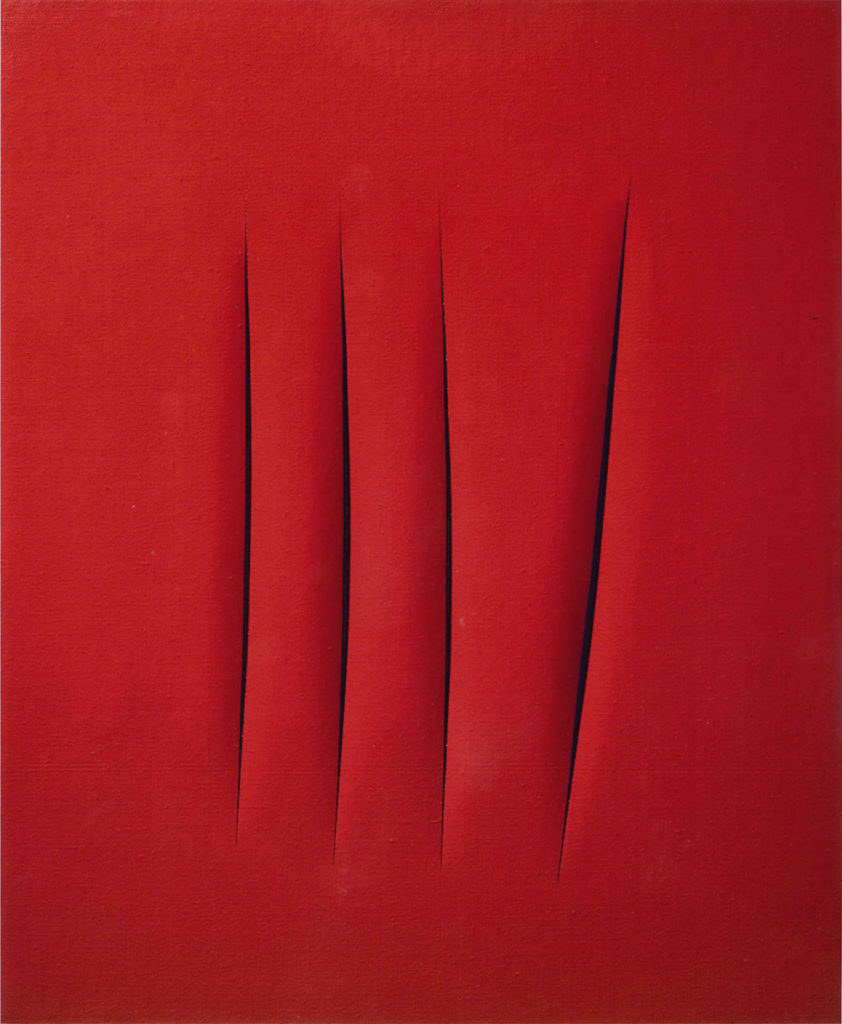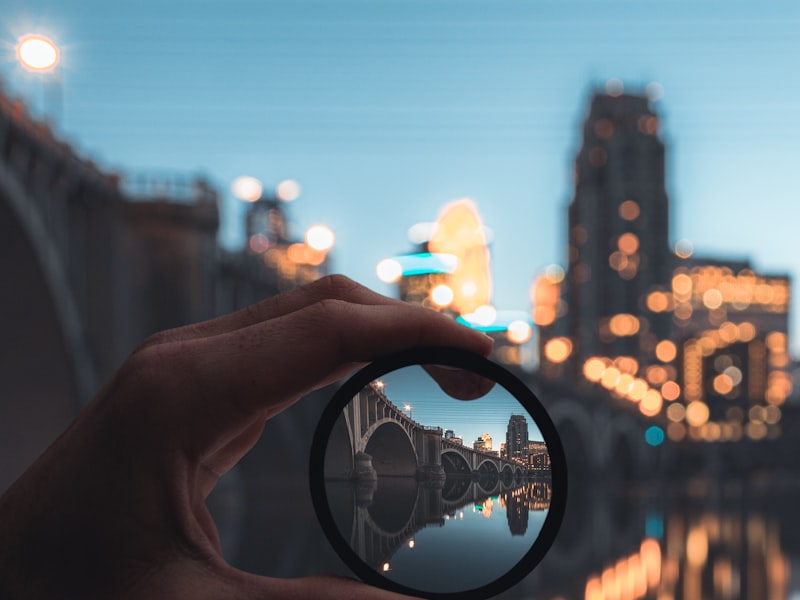Inadequacy
Concepts like art and life should be interspersed with one another because there is no reason for not separating the human and the human being itself. Art is life (creative energy - sexual) Who would have thought that? That is why the most fascinating art is one it talks about life that unravels various experiences, recounts specifics, curiosities, or perspectives.
When it comes to living it is imperative to reject the idea of a perfection to be achieved (in in order to be able to meet expectations of this sort the only form of art we could refer to is that of cinema). Failure is the hallmark of being Human The stumbling block that we've been at one point or another: lack of judgement, haste, fear and anger, the constant search for security and control, wrong choices. Don't tell me you have not made any of these errors?
Open: a new perspective from which to see
When we fall, we injure ourselves more or less intensely and tend to look at the fall as a mistake, or to make the error as a result of the expectations we set of ourselves and other people. The wound is actually the place from which we are able to see the truth, from which we stop taking refuge in the idea of perfection (which if it were such shouldn't be hurting) and examine what is damaged: we examine it and look at our own self-image.
Fontana cut her hair with the consciousness the possibility of opening up, breaking or or tearing because destroying is often the most creative act, particularly in a society in which, even from a young stage, we're immersed in a powerful, imprinted system of beliefs and models. It's no accident that Fontana declared in 1963 during an interview Nerio Minuzzo that:
"The critics have always criticized me, however, I never thought about it. I went ahead anyway and I never took any kind of salute. For years they called me 'the one that has the holes', with a bit of pity. But today I see that my cuts and holes have a cult following, are accepted and have even found practical applications. In theatres and bars, they have ceilings made of holes. Because today, you see that even people on the street understand the new designs. It is the artists that are the ones who know little '.
When Fontana talks about street people, he evokes the imagery of imperfection, in which the hole is an identical form to every other, where the transformation of life can be seen. Fontana is not scared of dust nor the violence of his creative work He throws tar onto the sculpture of a human figure and calls the sculpture 'Black Man'.
The cut transforms into the conquer of space as an attempt to overcome painting and sculpture, through the creation of a new dimension that includes them both breaking away from verticality, in favor of a crossing passage.

This palpitation, exhaling and inhaling the canvas, reminds us from afar more scholarly and bourgeois form, of the work that Gina Pane later performed on her skin. The gesture remains the eternal main character in this context, where art is destined to be destroyed; the wound and the cut represent the path, boundary and exchange. The artist opens the canvas by splitting it in two and declares it to be finite. the holes are transformed into black holes, which give an illusion of depth. They also reveal the infinite , which we'll never be able to comprehend.
Wait: we are discovering new things that we do not yet know
Fontana called the cuts "Waits," the gaps from which new and unique things emerge that we do not yet are aware of.
When we commit a mishap or harm another person, we have a waiting time before the response. First the shock of the error and the failure overcome, after that, figuring out the steps to take to remedy the damage or to get it out of the way; then we wait for the consequences of the fracture, that mistake that could turn out to be an entirely new source. Or not.
A few people have understood (and understand) this notion because they are constantly judging how reality and human beings are, in addition, affixed to the two-dimensionality on the wall. We continue to defend with all our might the right practices, the right method of presenting and being in the world, so so that we resort to rules that eventually define the concept of normativity.
It's impossible to find anything more confusing. In our belief that we are experts, we apply our yardstick to all other living organisms and ecosystem in the world However, we view it from a narrow , biased viewpoint which has nothing to do with reality: Anthropocentrism, but also personal interpretations of the other which are almost never the correct ones.
Accept that there is no perfection in the sense of absolute perfection.
The same is true of the society that demands us to do our best every chance they get, without reflecting on the fact that, instead of raising standards, we should learn to be more accepting of the world in the present. Do we accept pain? Do we accept death? Do we accept the bodies of others? Do we accept diversity? The most important thing is, once we accept, do we dignify?
In most cases is it that we are able to hide those things that don't fit with the "perfect" of our little world or the universe. It makes us horrified, angry, angry, pushed away, put under the rug, and so we manifest our imperfections, which we really are, yet we refuse to accept it.
Knowing one's own limits is essential, as is realising the interconnectedness of everything that is the world system: either we are ALL placed in a position to give our best, or there is no competition or effort worthwhile with the sole motive of fostering the spread of inequality. It's great and good that some after long hours have achieved it, like those who were so fortunate. However, in a larger context, always pushing the boundaries of what is possible, it will be 'a perfection' in an 'imperfect setting; there is no 'Perfection' in the absolutist sense.
Does this even exist?
Cut Let the truth come out
We can conclude that Fontana tried, because right from the beginning Fontana rejected the simple routes to success, and opted instead to try out the untested and unpredictably, that is to say: abandoning the idea of being the one that was successful, he pursued the research path which led him to discover some facts.
In my personal opinion, Fontana is the one who cuts the veil and lets the light in, even though the black sails are obscured behind the cuts. A spatial artist as well as one of the early pioneers of the art that is understood not only as a work but as a gesture which is a gesture that revolves around and in the context of actions on the space, as the activation of a narrative, and this is the way it is practised today.
For lucio fontana painting , his cuts reveal all of these, opening new perspectives to art as well as new perspectives on the world , and new questions. The wound for this, is more than just pain: the wound is a symbol of mortality, brevity, uncertainty and fragility. Wounding makes us question and makes us think the way we think, and this is essential to ensure that we remain grounded. While it can be difficult to suffer and as much as, in a perfect tale of existence it would be wonderful (and appropriate) to learn only through positive reinforcements, as long as we as a society are unwilling to avoid one another's pain as like our own, we are stuck in the unsolved, and to live in an incomplete reality.

So let us enjoy the cinema and its happy endings, its beauty that we take as a given and which we mistakenly end up taking as a template for our lives since the visual arts on the other hand are the product of suffering, and any artist, to tell a piece of truth, had to pass through the wound.
